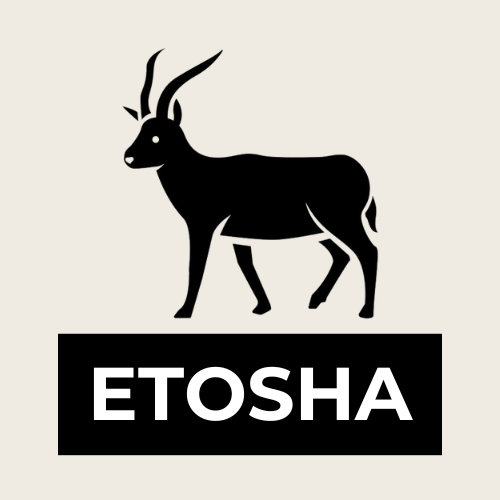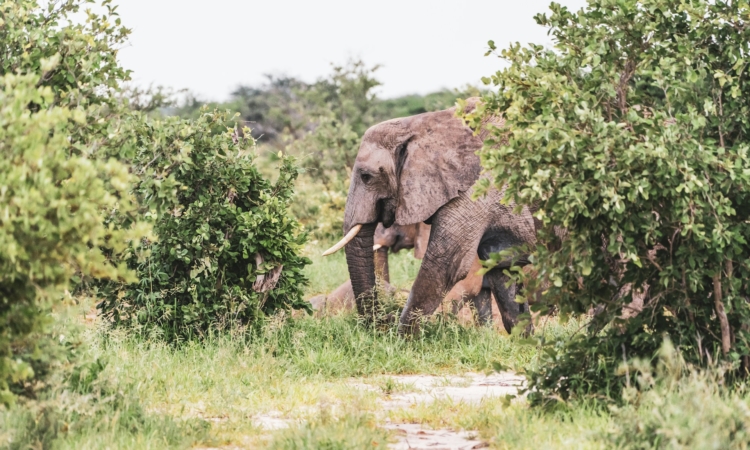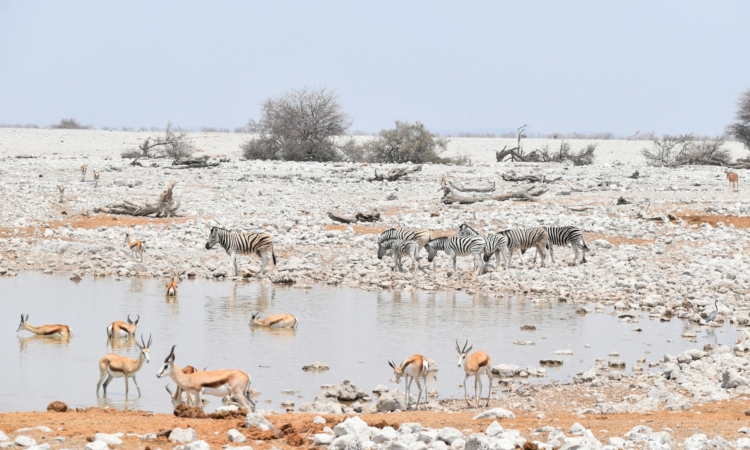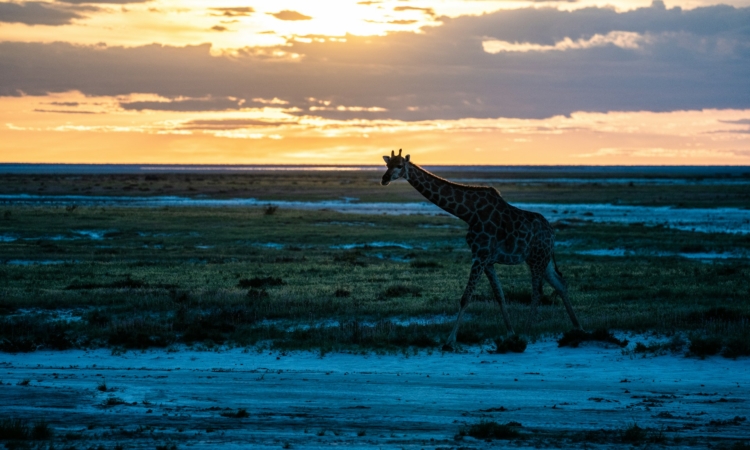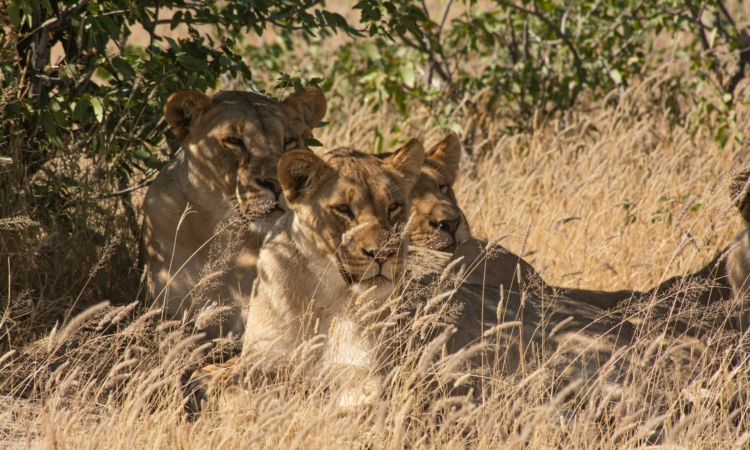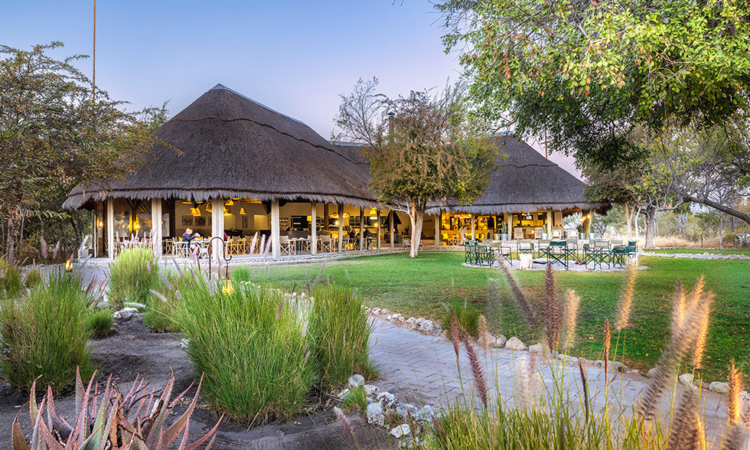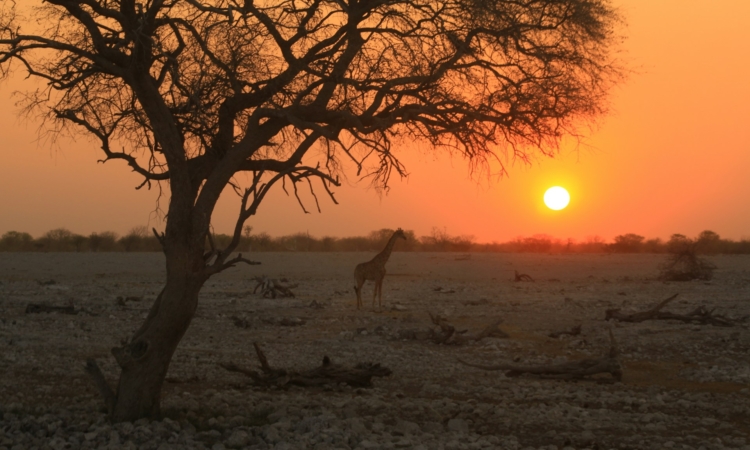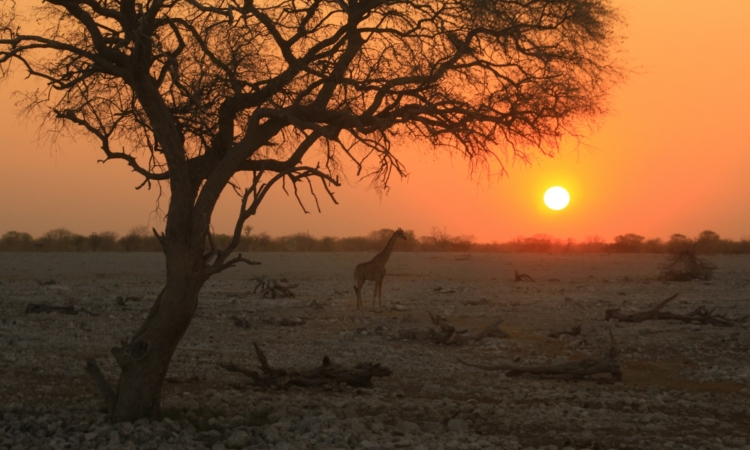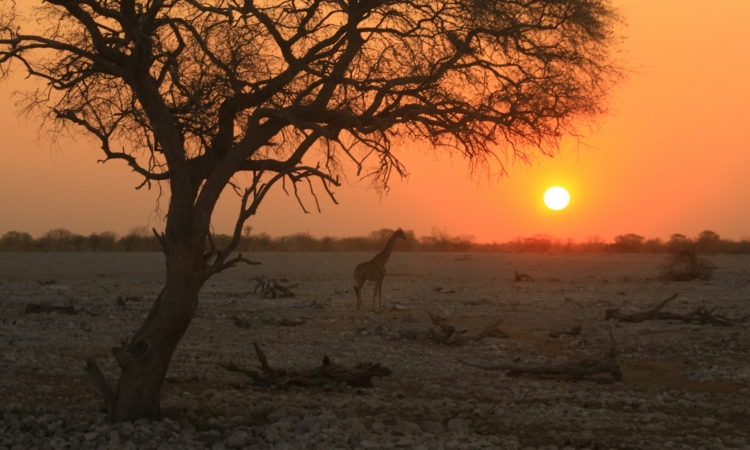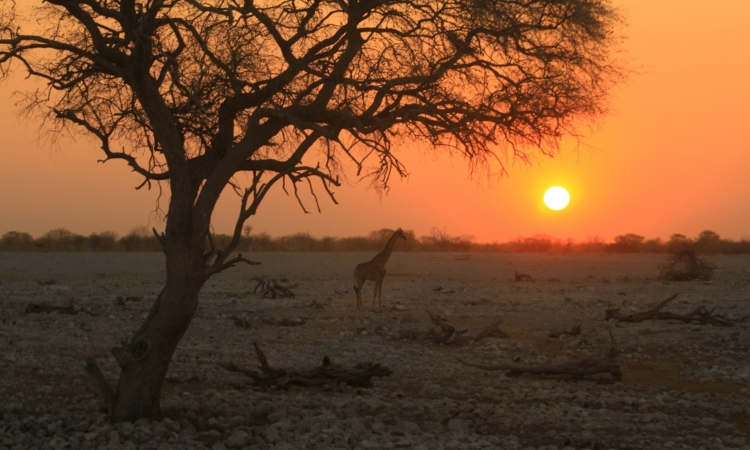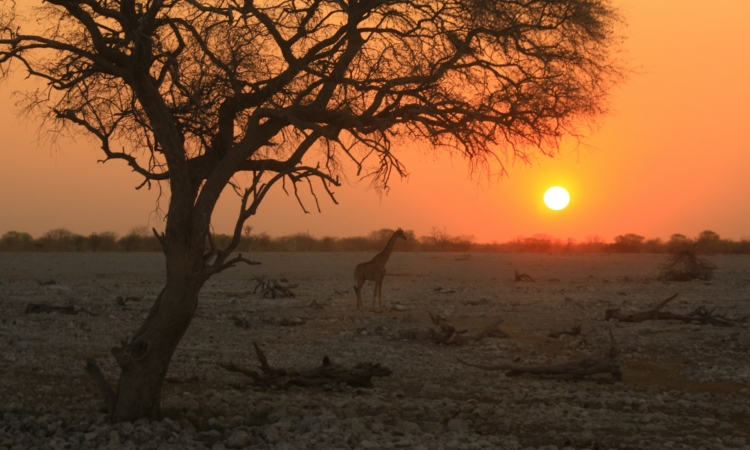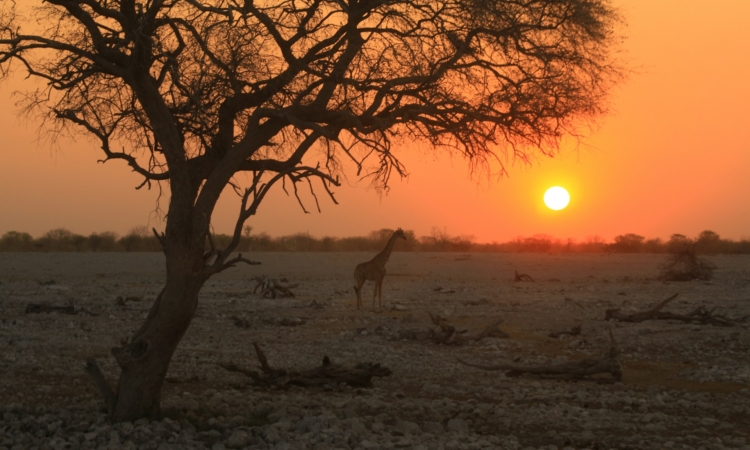Ultimate Guide for Booking Etosha Safaris & Tours
Etosha National Park is one of the main tourist attractions in northern Namibia and is among the oldest and most famous wildlife reserves in Africa. It was created in 1907 when the German colonial government declared the area a game reserve.
At that time, the reserve was the largest protected area in the world. It stretched from the Etosha Pan all the way to the Kunene River on the border with Angola. The main aim was to protect the animals in the region, as many species were at risk because of uncontrolled hunting and human settlement.
Over the years, the boundaries of the park became much smaller than they were at the start. Even so, its value as a safe home for wildlife has continued to increase. At the heart of the park is the Etosha Pan, a huge dry salt flat that can even be seen from space. The name “Etosha” comes from the local Ovambo language and means “great white place.” It describes the bright, flat surface of the pan, which stands out in the middle of the surrounding landscape.
Why Visit Etosha
There are so many reasons to visit Etosha National Park and below are some of them.
- Good Terrain: The terrain is mostly flat and open, with natural waterholes scattered across the park. This makes it easier to spot animals compared to many other safari parks. During the dry season, animals gather in large numbers at these waterholes, giving visitors a good chance to see different species in one place.
- Lots of Animals: Wildlife in Etosha includes elephants, rhinos, giraffes, zebras, and predators such as lions, leopards, hyenas, and cheetahs. The park is considered one of the best destinations for safari lovers because every season offers something different. In the dry season, animals concentrate around waterholes, while in the rainy season the scenery changes and young animals can often be seen. Visitors often remember the close encounters they have in Etosha, watching wild animals just a few meters from their vehicle. Many travelers are also drawn to the park for its dramatic scenery, especially the Etosha Pan.
- The Etosha Pan: This massive salt flat is so large it can be seen from space. During the rainy months, parts of the pan fill with shallow water, attracting migratory birds such as pelicans and flamingos. The pan briefly becomes a shimmering lake before drying back into a white salt desert.
- Birding Safaris in Etosha are amazing: Etosha is home to over 300 bird species and more than 100 species of mammals, making it a great destination for birdwatchers, photographers, and anyone who enjoys nature. Activities in the park include guided game drives, self-drive safaris, and relaxing at camp waterholes where wildlife comes to drink.
- Good Road Network: The park also has a good road network and a wide choice of accommodation, ranging from simple camping to comfortable lodges. This makes Etosha one of the most visitor-friendly safari parks in Africa.
Top Things to Do in Etosha – Best Tourist Activities
Whether you choose to travel alone or join guided excursions, Etosha offers many activities for both adventure seekers and nature enthusiasts.
- Wildlife Viewing
- Visit the Etosha Pan
- Photography
- Filming
- Night Safaris
- Bird-watching
- Camping
Top Things to See in Etosha – Best Tourist Attractions
Some of the top things to see in Etosha National Park include:
- Wildlife (Lions, Elephants, Rhinos, Leopards, and Hippos etc)
- Etosha Pan
- Waterholes
- The Himba Tribe
Climate & Weather of Ethosha
Etosha National Park has a semi-arid climate with two seasons: dry and wet. The dry season runs from May to October with little rain. Animals gather at waterholes, making it easier to see wildlife.
Days are warm, but mornings and evenings can be cold, so warm clothes are needed.
The wet season runs from November to April with heavy, short rains. The park turns green with fresh grass, and many animals give birth, attracting predators. Birds and migratory species are also common.
While animals spread out, sightings are still rewarding. Both seasons offer special safari experiences in Etosha.
How to Get to Etosha Park
Travelers can reach Etosha National Park by road, air, or across borders. The most common route is driving from Windhoek, which takes 4–6 hours via towns like Outjo and Otjiwarongo.
Many rent cars, with 4x4s offering extra comfort, while guided tours and transfers are also available.
Tours often include park entry, game drives, and accommodation, making them easy for first-time visitors. Charter flights from Windhoek or other safari areas land at airstrips near Okaukuejo, Halali, Namutoni, or private lodges, offering the fastest option.
Travelers from South Africa or Botswana can also drive across borders to combine Etosha with other destinations.
Best Time to Visit Etosha in Namibia
Etosha National Park offers great Namibia safari experiences in both the dry and wet seasons. From May to October, the dry season is best for wildlife viewing as animals gather at permanent waterholes.
Visitors can see elephants, lions, zebras, giraffes, rhinos, and antelopes, often together. Vegetation is thin, making spotting easier, and evenings at floodlit waterholes give chances to see animals at night.
From November to April, the wet season brings green scenery, bird-watching with over 400 species, and flamingos at salt pans. It is also calving season for herbivores, attracting predators.
Each season offers something special, making Etosha worth visiting year-round.
Etosha Accommodation – Where to Stay
Etosha National Park has several accommodation options inside the park. Okaukuejo Camp is the most popular, known for its floodlit waterhole where rhinos, elephants, and lions can be seen.
It offers chalets, budget rooms, and campsites near the southern gate. Halali Camp, in the centre, has bungalows, a pool, a restaurant, and its own waterhole, making it convenient for safaris.
Namutoni Camp, built around a German fort in the east, has suites, rooms, and campsites close to famous waterholes.
Dolomite Camp in the west offers chalets with wide views and rare wildlife.
Onkoshi Camp is an eco-friendly lodge by the salt pan.
Campsites in Etosha
Accommodation in Etosha National Park includes several camps, each offering different experiences. Okaukuejo Camp, near the southern gate, is famous for its floodlit waterhole and has chalets, budget rooms, and campsites.
Halali Camp, in the centre, is quieter with bungalows, a pool, a restaurant, and its own waterhole, making it good for multi-day safaris. Namutoni Camp, on the eastern side, is built around a German fort and offers suites, rooms, and campsites near waterholes like Klein Namutoni and Chudop.
Dolomite Camp in the west has chalets with wide views and rare wildlife. Onkoshi Camp offers eco-friendly, private accommodation by the salt pan.
